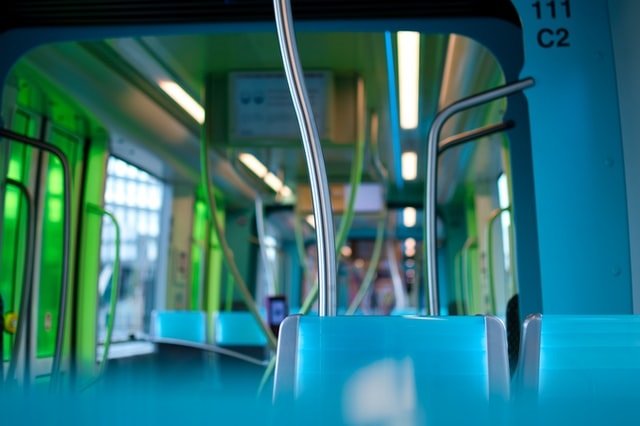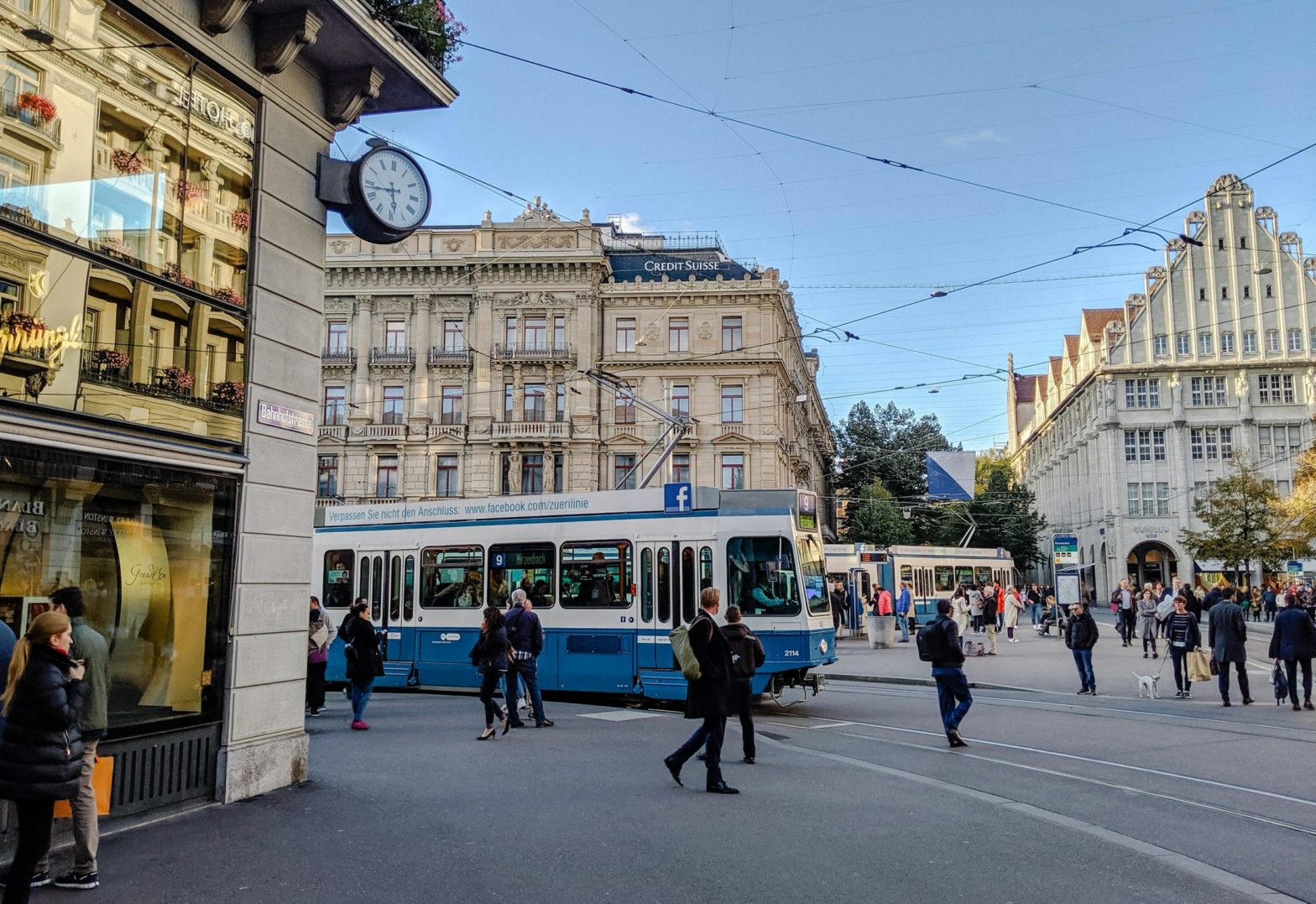
Photo: Gabor Koszegi on Unsplash
Free public transport alone won’t get people out of cars
16 June 2022
by Sarah Wray
The concept of free or reduced-cost public transport is gaining renewed traction in response to inflation and soaring fuel prices, and a need to bring riders back after the pandemic.
New announcements always grab headlines but experts at the MOVE conference in London this week sounded a note of realism: cutting fares alone won’t drive the modal shift that cities need.
Countries such as New Zealand, Germany and Ireland have recently temporarily reduced public transport fares in response to the cost-of-living crisis.
A government-backed pilot scheme in Cornwall is offering cheaper bus trips to encourage people out of their cars and on to public transport.
Stephen Joseph, Chair of media publication Smart Transport and Visiting Professor at the University of Hertfordshire’s Smart Mobility Research Unit, said: “The whole issue of free and cheap public transport has become a really important one for us to get back onto public transport, but also as part of the response to climate change.
“It will be very interesting to see how [the trial in Cornwall] goes not just for residents in a rather rural area but also, as it’s a very heavy tourist area, to see what that does for visitor trends.”
Keeping Madrid moving
Lola Ortiz Sanchez, Madrid’s General Director of Planning and Mobility Infrastructure, says free public transport initiatives have driven results in the Spanish capital. For two days in January and April, residents could use public buses free of charge. The dates coincided with the return to school and work after the Christmas and Easter holidays when higher traffic was expected.
After the pandemic, more people used cars but Ortiz Sanchez said: “I think this measure is pushing people to use public transport again.”
The city has a range of initiatives underway to change how people move.
Public transport is free for residents of Tallinn in Estonia, where Dmitri Pivovarov, VP of Rentals at Bolt, is based.
He said: “Of course, it increases the usage of public transport but what we’re seeing is it’s not sufficient to shift people from private cars…It boils down to just convenience. If you don’t have enough routes, people still rely on cars to get around.”
Reliability is essential, he said: “If you don’t have convenient alternatives to private cars, people will never make the switch.”
Joseph said parking is also a key thing to tackle: “If parking is free and plentiful, you can do anything you like with public transport, micromobility or anything else, but lots of people will still just drive.”
Lessons from Luxembourg
Luxembourg is one of the most well-known examples of free public transport. The small European country made all public transport free in 2020, including buses, trains and trams for both residents and visitors, funded by taxes.
François Bausch, Deputy Prime Minister & Minister for Mobility and Public Works, said free public transport is “the icing on the cake, but it is not the cake”.
He said a wider strategy to increase overall efficiency is much more important. To do this requires “unprecedented investment”.
“The major thing that you have to do is change the complete system and be multimodal,” Bausch said. “The solutions are in the combination of every mode of transport that exists in our society.”
The government recently launched a new mobility plan to 2035 for a network capable of handling 40 percent more trips than in 2017, which is the anticipated growth.

It includes the use of carpooling lanes, a broader offer of railway connections and trams, prioritisation of buses and a national cycling network.
“You have to move people, not vehicles,” Bausch commented.
In urban areas, free public transport should be considered a “public service,” he told Cities Today on the sidelines of the MOVE event, calling the price of Tube tickets in London “crazy”.
Luxembourg, which has around 650,000 residents, is one of the world’s richest countries, but Bausch said: “At the end of the day, you must calculate your return on investment and what it can bring you so that the urban area can function in the future.”
Improving quality of life also improves attractiveness and brings investment, he said.











